Tom's Guide Verdict
Blizzard's third, and final, expansion for StarCraft II adds new units and game modes, and ties up loose plot threads in the galactic saga of this storied real-time-strategy franchise.
Pros
- +
More than 20 new campaign missions
- +
Six new multiplayer units
- +
Two new game modes
- +
Fitting end to the StarCraft story
Cons
- -
Sound and graphics largely unchanged
Why you can trust Tom's Guide
When StarCraft II: Wings of Liberty debuted in 2010, gamers were treated to a slick, modern revival of one of the most iconic real-time-strategy franchises in gaming history. But over the last five years, StarCraft’s popularity has taken a hit, due to the rise of multiplayer online battle arena (MOBA) games such as League of Legends and Dota 2.
With Legacy of the Void, not only is Blizzard trying to wrap up StarCraft's epic space saga, but it also reinvigorate the multiplayer scene with new units, additional game modes and a swarm of balance changes for competitive play.
The Game: So Many Units, So Little Time
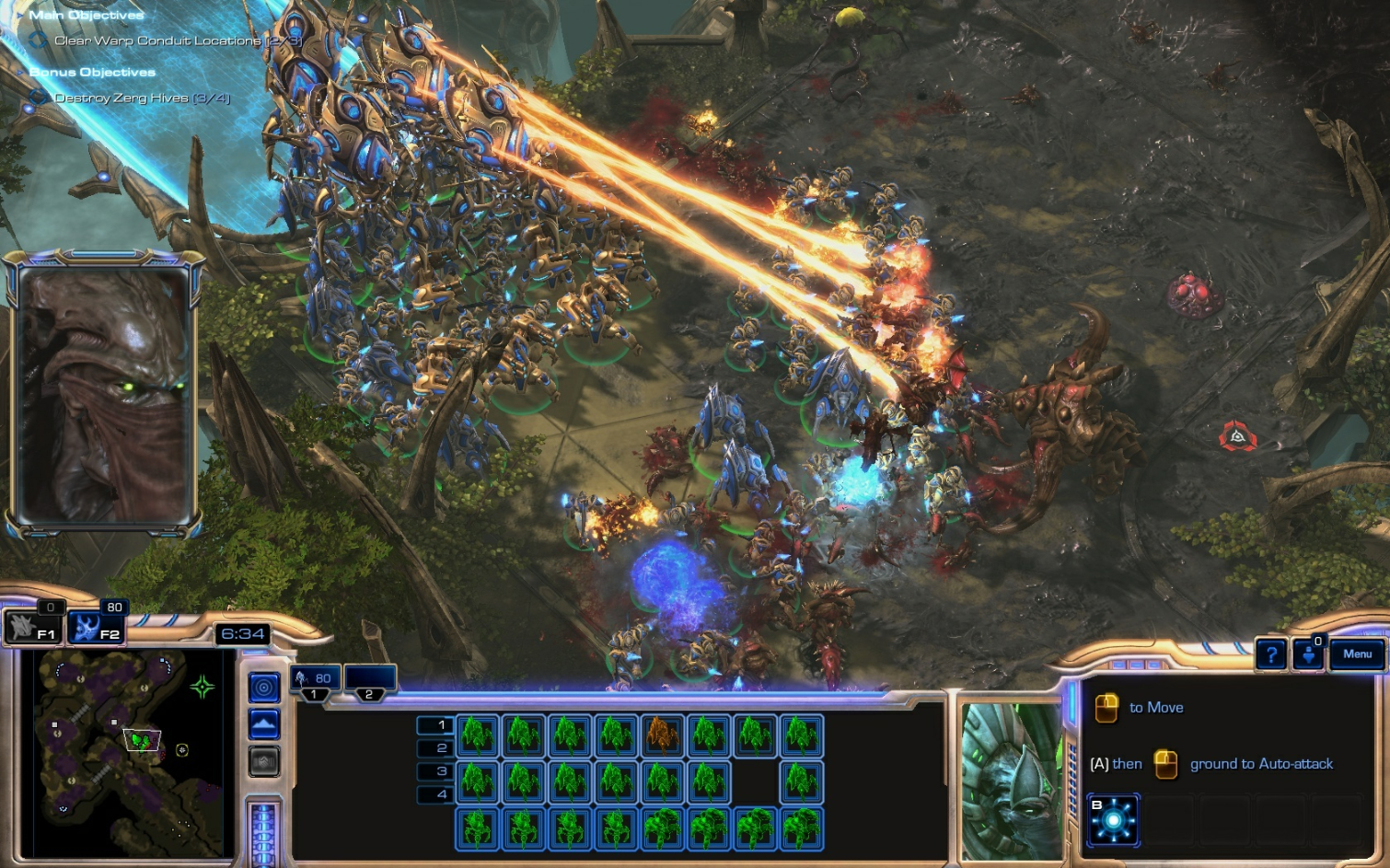
For the uninitiated, StarCraft II places you in command of one of three races. Legacy of the Void's single-player campaign focuses on one of them — the high-tech, psionic-power-wielding Protoss — the other races are the human Terrans and the buglike Zerg. Your job is to build and manage an army by harvesting resources and producing a wide array of troops and units such as tanks, carriers and artillery to eliminate opposing forces. Battles happen in real time. With no pauses or breaks during fights to make decisions, you'll have to pay attention to your economy and current encounters at the same time.
MORE: The Best Gaming Keyboards Available Right Now
While this may sound a little complicated, StarCraft II's single-player campaigns have always done a fantastic job of easing new players into the game, and Legacy of the Void is no exception. The four difficulty settings (casual, normal, hard and brutal) provide a sweet spot for everyone, and in-game achievements offer an extra level of challenge for every mission.
Story and Campaign: My Life for Aiur
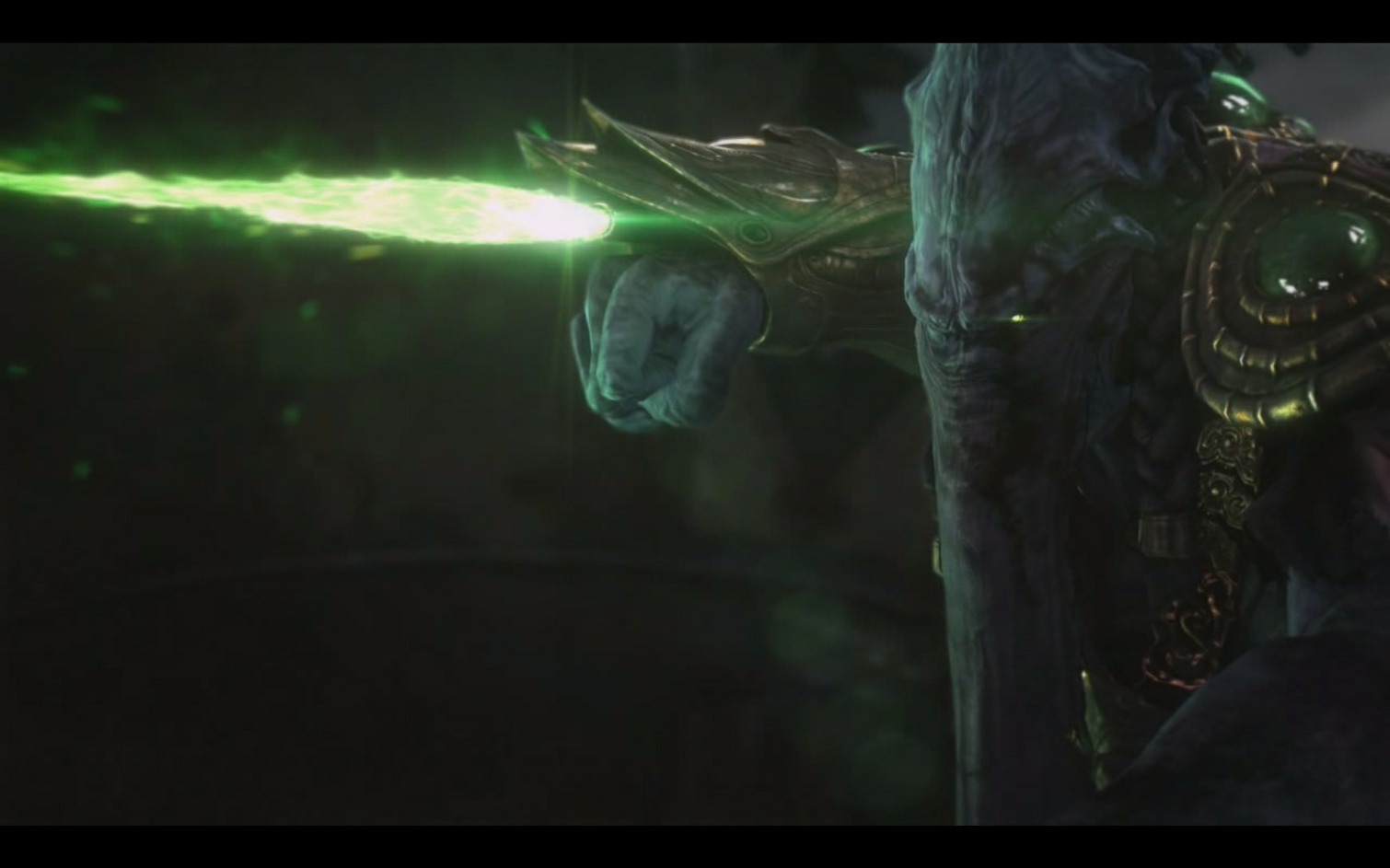
Legacy of the Void picks up after previous expansion pack Heart of the Swarm, in which the once-human Kerrigan reemerges as the Queen of Blades and leader of the Zerg, and finally gets revenge on the corrupt Terran emperor Arcturus Mengsk. The scene has now shifted to the enigmatic Dark Templar Zeratul, as he tries to warn his fellow Protoss that there's an even greater threat that's waiting to be vanquished.
From the inky depths of the Void, which exists beyond the normal boundary of the universe, the ancient evil entity Amon seeks to regain his form and wipe out all life forms, whether they’re Protoss, Zerg or Terran.
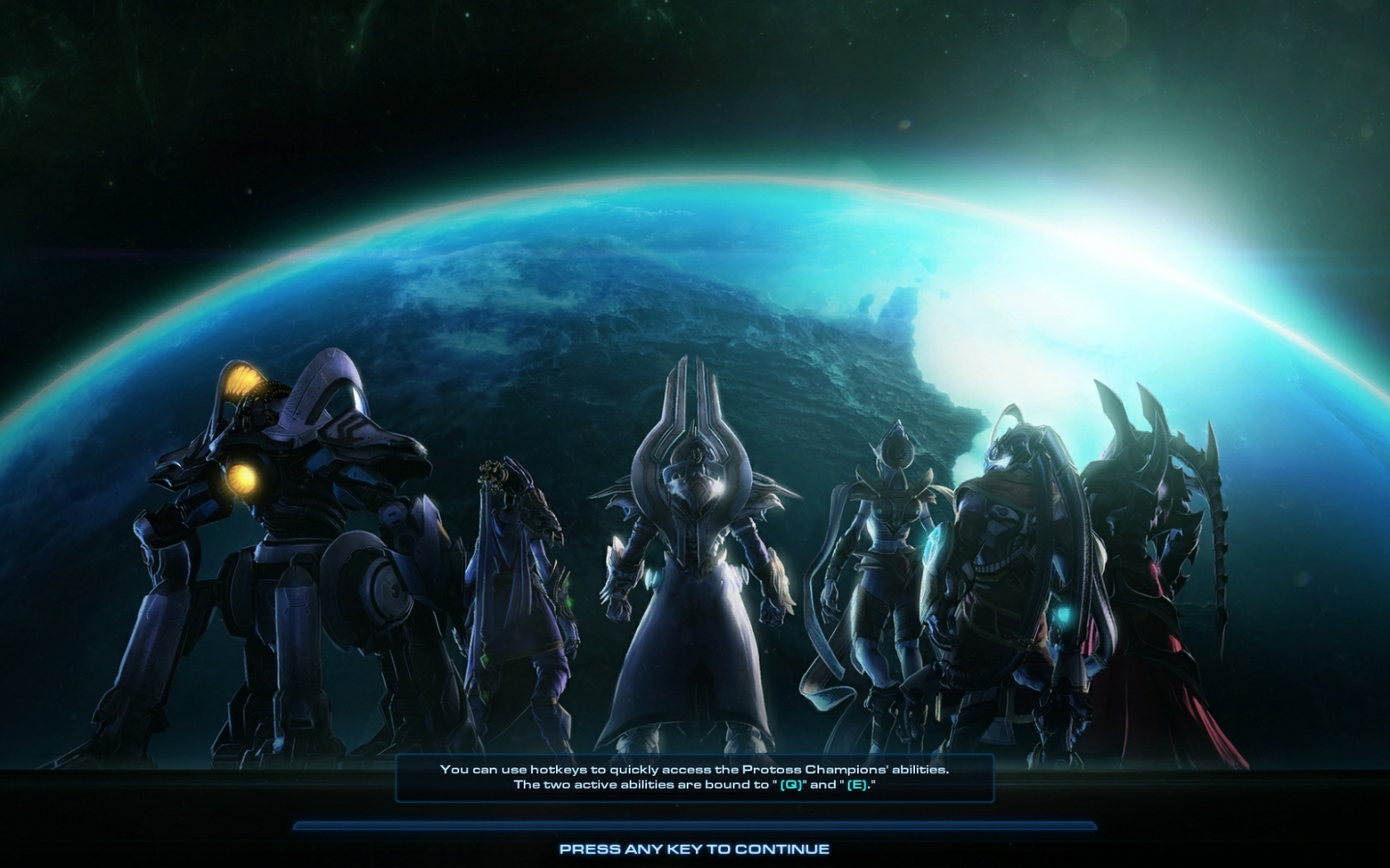
But Zeratul can't do it alone. As in previous StarCraft II expansions, he will need to recruit allies and turn former enemies into allies to combat the oncoming darkness.
Legacy of the Void consists of a three-mission prologue (available for free on Battle.net) to help you catch up on the story, a 19-mission main campaign and a three-mission epilogue that helps tie up all the loose plot ends once and for all. Each mission averages about 30 to 45 minutes in length, depending on difficulty, which means it will probably take between 15 and 20 hours to complete the entire campaign. That may sound a little daunting, but every minute is worth it.
MORE: Tom's Guide's Favorite Monitors For Gaming
The first mission introduces the Protoss' signature combat strategy: selecting your entire army and stomping the enemy with an unstoppable deathball before moving on to other techniques and strategies. This gives you time to get familiar with new units one at a time, well before the final showdown.
As in previous expansions, you have the ability to select different enhancements for each unit, which allows you to have Zealots that can respawn when killed, or Colossuses that shoot bolts of high-powered energy instead of the twin lines of fire you would normally get.

The main difference in Legacy of the Void is that instead of having regular access to a hero character such as Kerrigan, you can use the Protoss flagship, The Spear of Adun, to call down orbital strikes from space or warp in additional combat units. When you complete mission bonus objectives, you're rewarded with solarite, which can be used to enhance or modify those abilities to best suit your play style.
Game Modes: Two New Ways to Duo with a Friend
Like a lot of one-person sports, StarCraft can sometimes be a lonely endeavor. But in Legacy of the Void, Blizzard has added two new game modes that allow you to bring a friend into battle with you. The first is Archon mode, which lets two players simultaneously control a single army, offering an alternative to the usual one-person-per-army play style. This means two people can split the responsibilities of building and attacking.
If you want to put one person in charge of gathering resources, while the other scouts the enemy and forms a strategy, you can. Or you can put both people on offense, each leading a portion of your units to create a devastating two-pronged attack. It's a great change from earlier versions of StarCraft II, and it takes a lot of pressure off new players, who often struggle to manage both offense and defense at the same time.
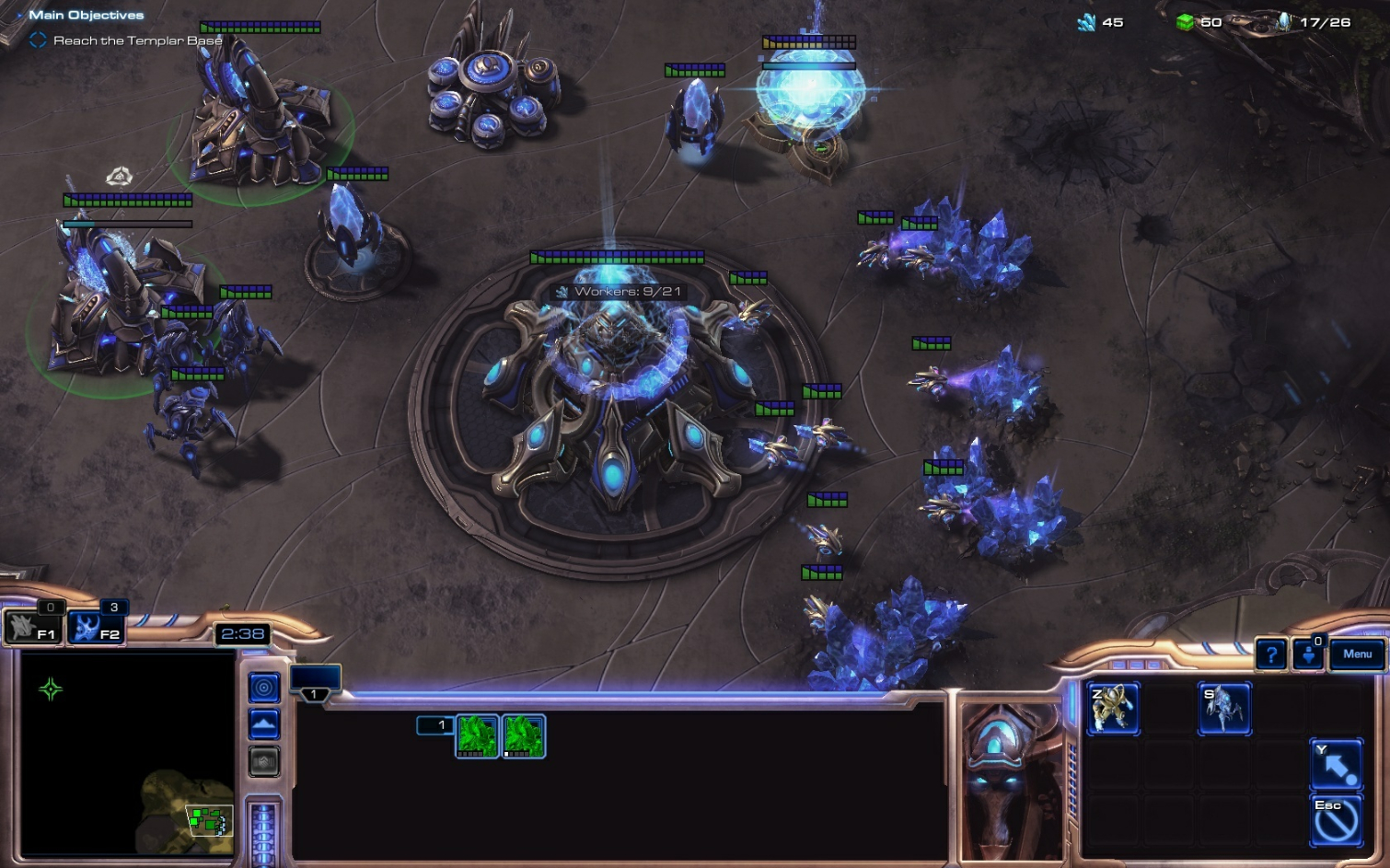
The second new mode consists of co-op missions, in which two players take on the AI in a handful of scenarios selected from campaigns across all three expansions of StarCraft II. You are given objectives such as taking down an enemy train convoy, or preventing a number of enemy transports from escaping while being harassed by raiding parties.
MORE: Tom's Guides Top Gaming Mice
To add some spice to the scenarios, you can choose a hero such as Kerrigan, the outlaw marshal Jim Raynor or Artanis, the new leader of the Protoss. Your choice of hero affects which units are available to each race and which special abilities you can select.
As in the Heart of the Swarm campaign, if you choose Kerrigan, then the Queen of Blades herself will join you on the battlefield. Choosing Raynor lets you do stuff like call down the battleship Hyperion to carpet-bomb the enemy. Completing missions earns you experience points that are used to further enhance your abilities or troops, giving you plenty of reasons to play them multiple times.
There are also new automated tournaments, which give you the ability to compete against other similarly rated players and experience the thrill of eSports on a small scale.
New Units: It's About Time
As a high-gold/low-platinum-ranked player in Wings of Liberty, I'm by no means an expert when it comes to discussing what kind of impact the new balance changes (such as a new blink ability for Terran Battlecruisers, or the increased starting worker count) will have on the StarCraft II professional-player scene. But when games like League of Legends and Dota 2 were regularly updated with new champions, it was plain to see that StarCraft II was in dire need of some new troops. So let's take a look at the new units each race is getting.
The Terrans have been upgraded with the Cyclone and the Liberator, both of which bolster the versatility of a mech-based army. The Cyclone is a turret on tank tracks that uses a special lock-on technique to fire at both air and ground targets, even while moving. The Liberator is a medium-size armored gunship equipped with missiles, and it can transform into a floating anti-ground artillery platform at the drop of a hat.
The Zerg swarm receives a new evolution for the Roach in the Ravager, which turns the ordinarily tanklike frontline unit into a true long-range threat. The Ravager spits out slow-moving corrosive bile, which can also dissolve Protoss force fields. Another new unit, the Lurker, is a callback to StarCraft: Brood War and reintroduces the underground siege unit as a new evolution for the Hydralisk.
The Protoss have been graced with the Adept, a lightly armored ranged unit with a Glaive Cannon that creates a damaging shockwave when it's used to make a killing blow. The Adept also has a psionic-transfer ability that creates an image of the Adept, which can pass through enemy units and then be teleported to after a short period of time. Then there's the Disruptor, which is kind of like a Sentry on steroids. It can become invulnerable for a short time and release a purification nova, which deals tons of damage to enemies surrounding the Disruptor.
Sound and Visuals
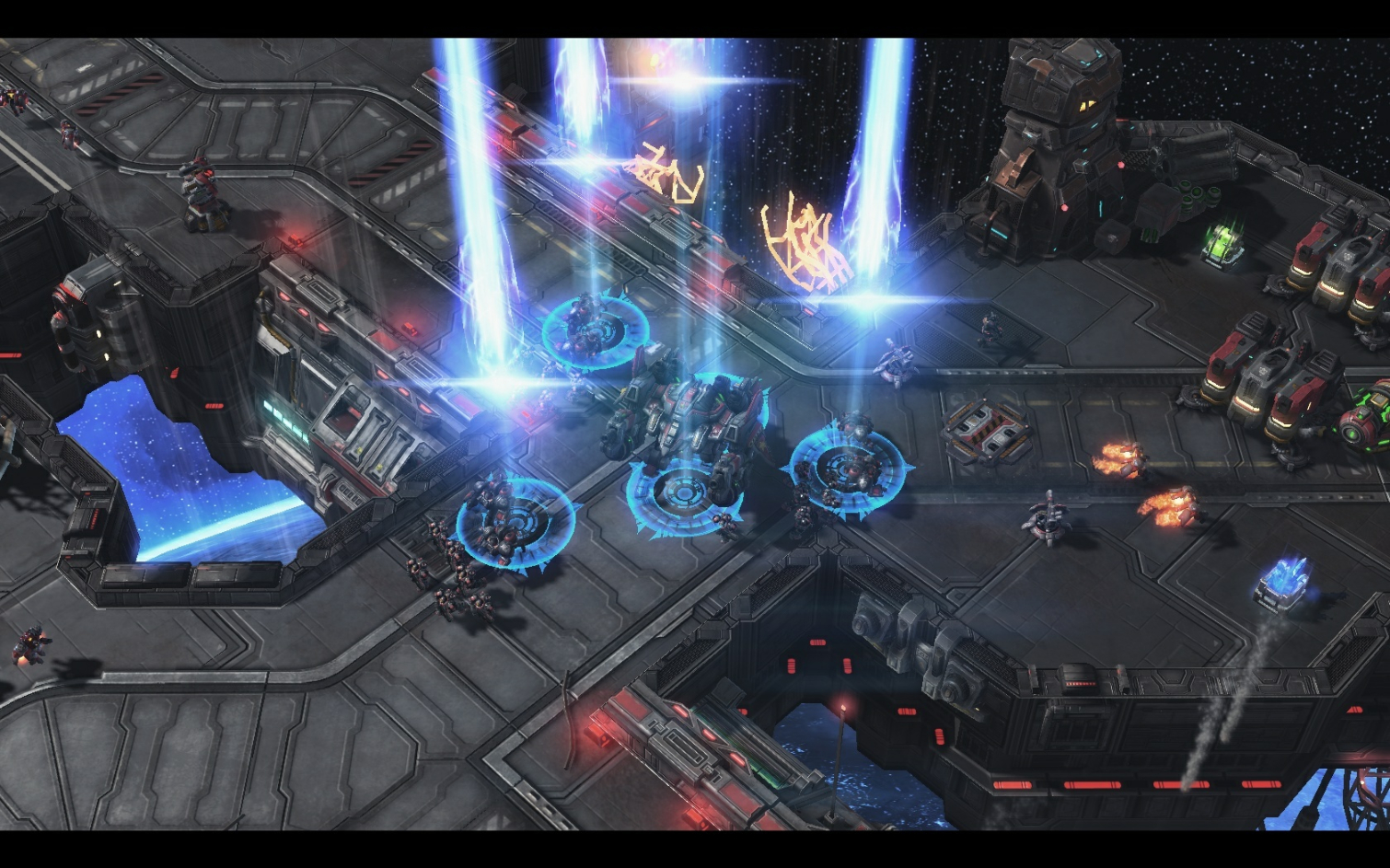
The aesthetics and audio of Legacy of the Void aren't bad — they're just more of the same. The bright, colorful graphics and art style have probably aged better than any other game that came out in 2010, but at the same time, they don't look very different from the way they did before.
The same goes for the sound effects, which delight the ears with the hum of the Protoss' psionic weapons or the shrieking cries of a newborn Mutalisk. But again, it's not something StarCraft players haven't heard before. The music, in particular, feels unmemorable. Even after playing through every mission in Legacy of the Void, I'm having a hard time recalling the Protoss-themed music over the twangy guitar-laced tunes of the Terran campaign or the often-sinister overtures of the Zerg.
It's important to point out Blizzard's attention to visuals, which allows even noobs to follow the action. Even in the most hectic battles, it's possible to pick out the most important details, thanks to the varying shapes and silhouettes of the game's different units and attacks. These designs, combined with well-timed visual and audio cues, help keep players focused on what's important, instead of having them space out and ending up on the wrong side of a hungry pack of Zerglings.
Bottom Line
Legacy of the Void delivers a fitting ending for the storyline of StarCraft II, with an engaging intergalactic space opera that's a refreshing change from the sometimes overly soapy plot of the previous expansion pack, Heart of the Swarm. The two-player Archon mode and new co-op missions are a great boon to more casual players, offering players a friendly way to enjoy the game without getting thrown into the meat grinder of the competitive multiplayer universe.
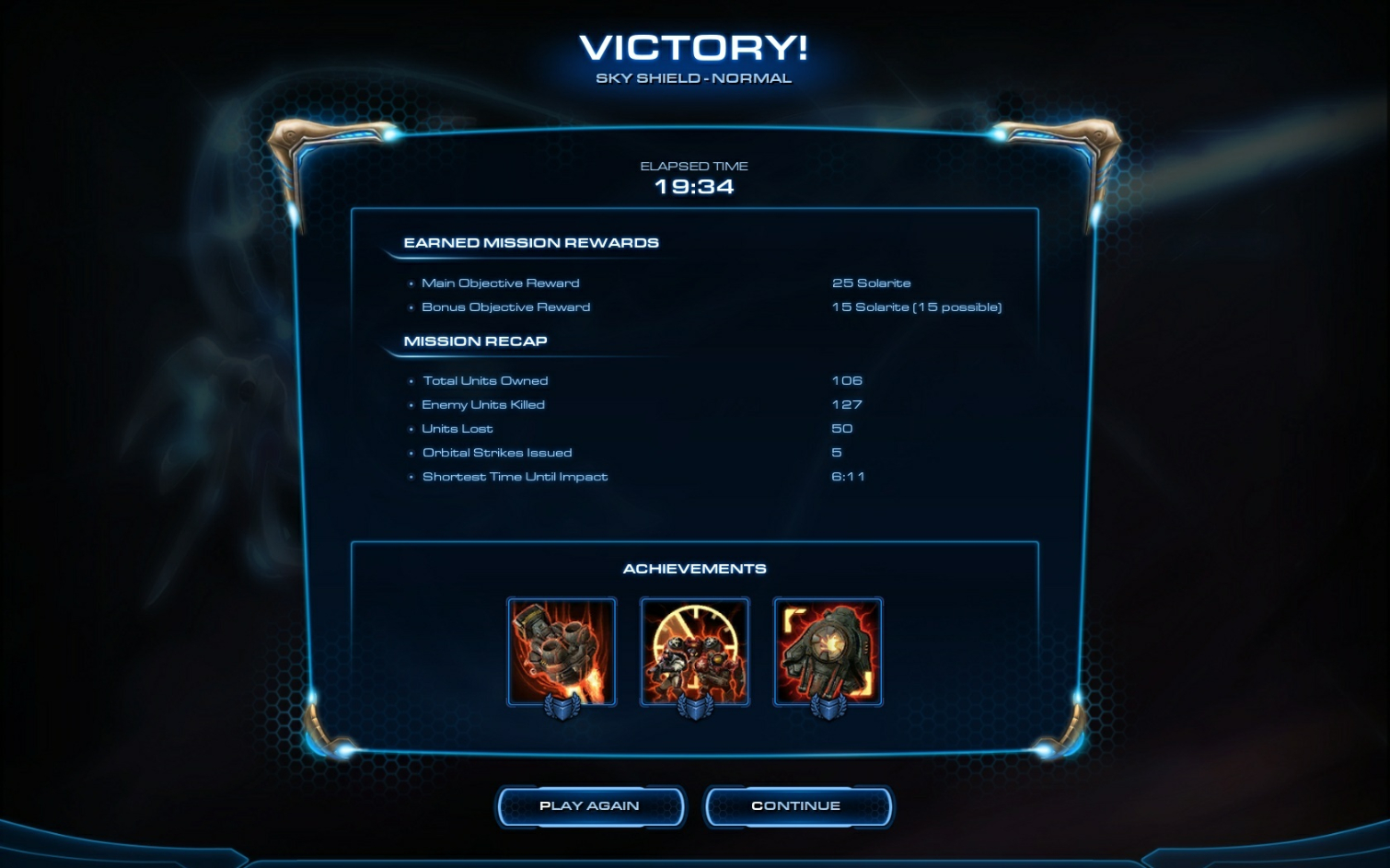
The new units and balance changes are sure to give the competitive scene a shot in the arm, but they are probably too little, too late to vault StarCraft II back into the top tier of eSports. That's not to say the StarCraft franchise is dead: StarCraft II is still the cream of the real-time strategy crop, and new gamers should definitely sample Blizzard's blend of RTS perfection before moving on to other games in the genre. But you don't have to take my word for it — there's the free three-mission prologue available on Battle.net for everyone to try.
Still, five years after its initial debut, it seems StarCraft II’s star is fading just a bit. Wings of Liberty was the rebirth of a franchise and seemed so full of possibility, and Heart of the Swarm was a strong follow-up. Legacy of the Void feels like the end of era.
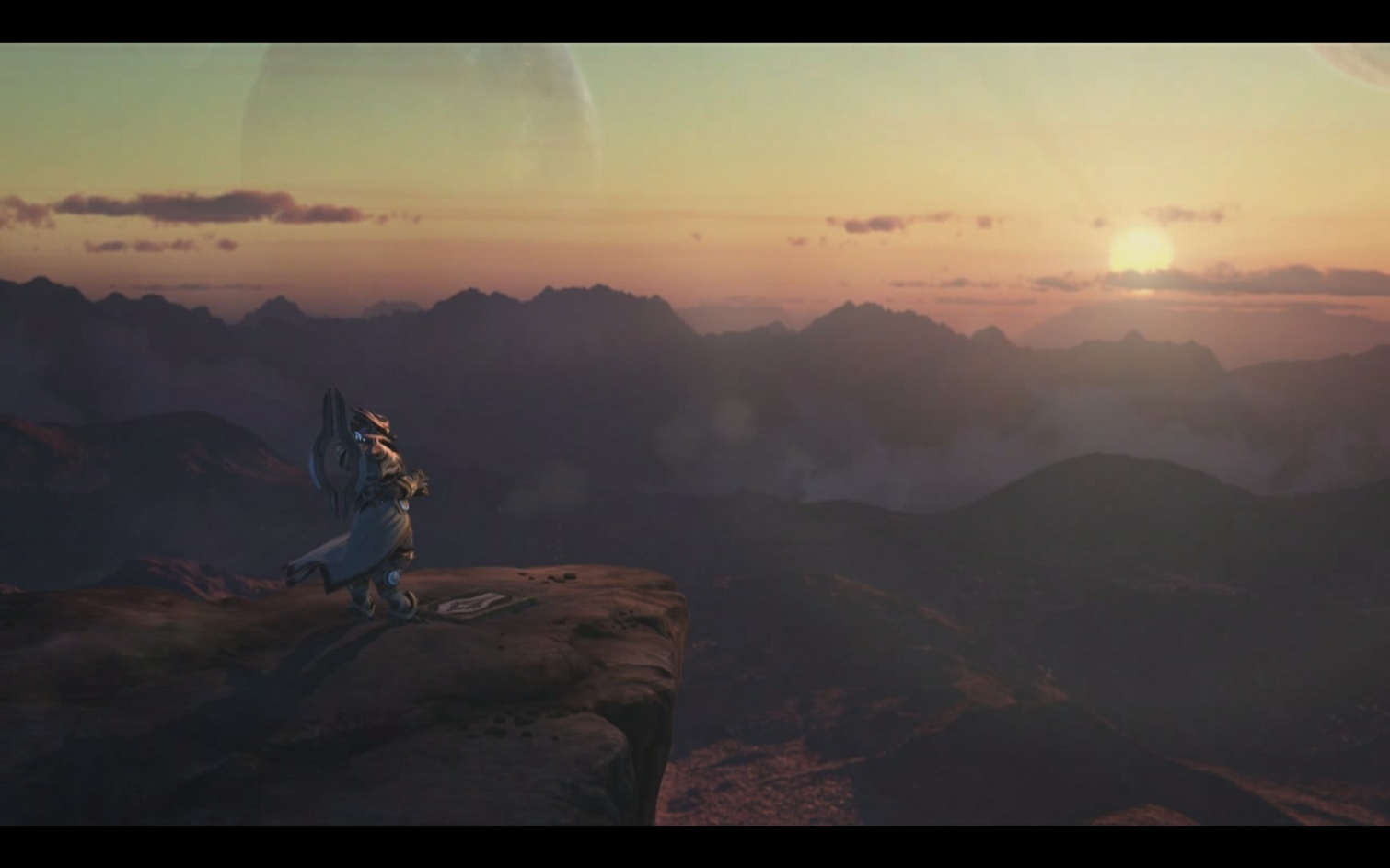
The real question that remains is: Where does Blizzard go from here? Since Wings of Liberty, devoted StarCraft fans have known about Blizzard's three-part plan. If you're at all interested in this universe, you owe it to yourself to finish up Blizzard's latest addition. En taro Zeratul.
Sam is a Senior Writer at Engadget and previously worked at Gizmodo as a Senior Reporter. Before that, he worked at Tom's Guide and Laptop Mag as a Staff Writer and Senior Product Review Analyst, overseeing benchmarks and testing for countless product reviews. He was also an archery instructor and a penguin trainer too (really).

